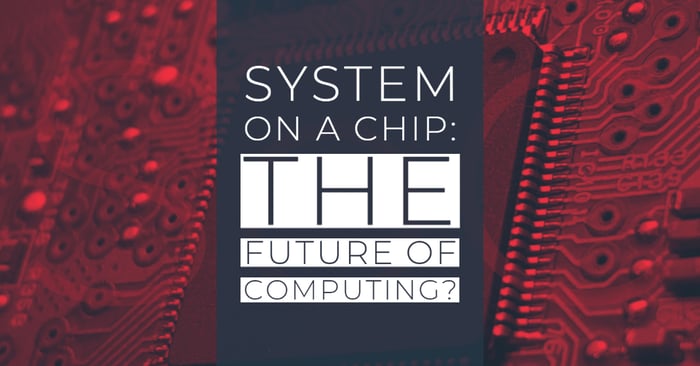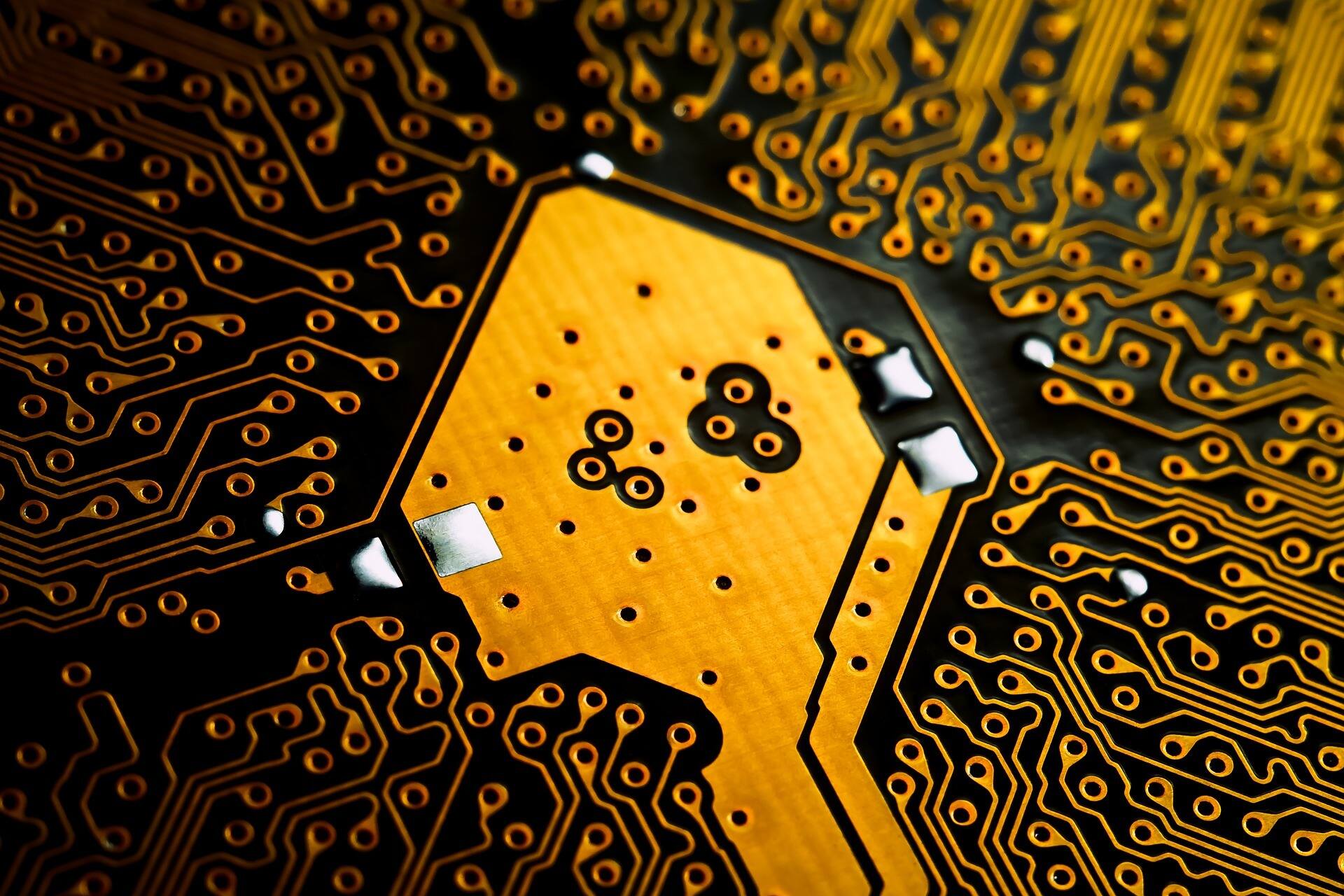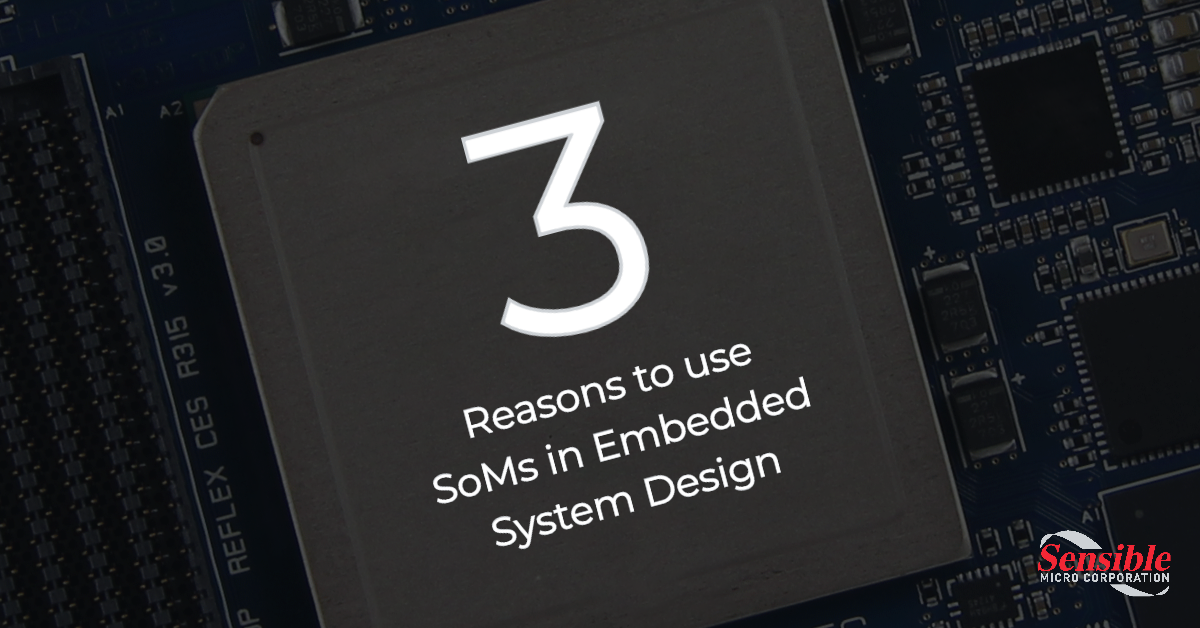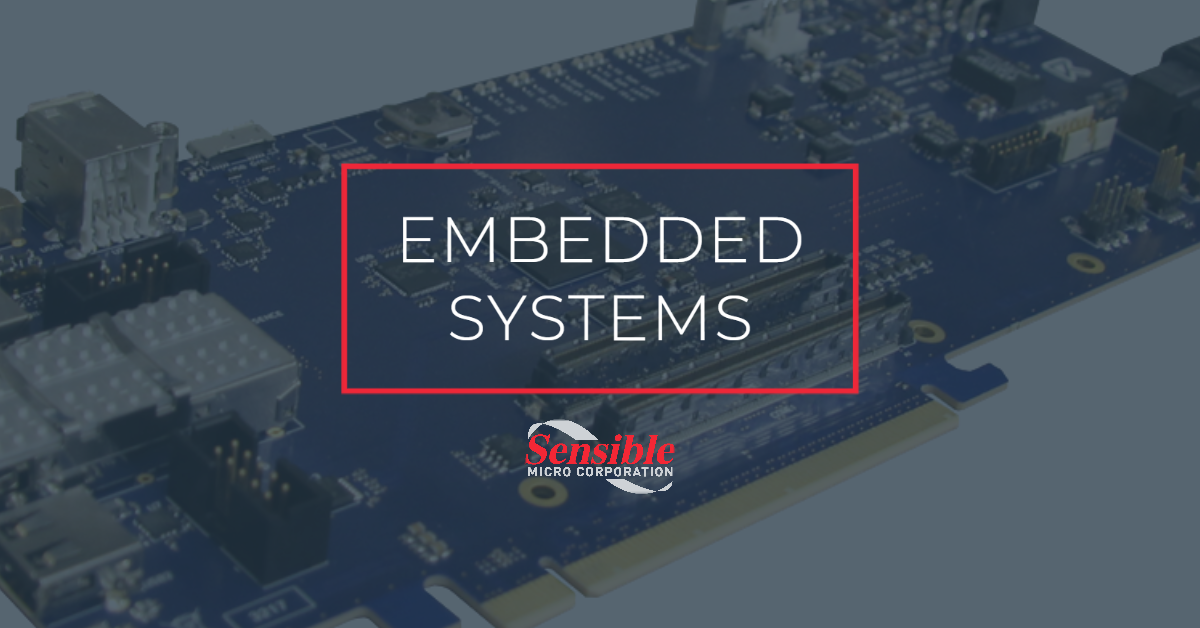The increasing popularity of the Internet of Things (IoT) has spiked the demand and development of products that contain System on a Chip (SoC) technology. Recent market forecasts have projected the compounded annual growth rate of the technology to be 11.30% between 2018-2024.
Patents for SoC-IoT technology has seen a steady increase beginning in 2011 as the IoT market continues to expand. Tech companies like Intel, Google, Qualcomm, and Sony have been the top contenders filing for patents in the space.
The adoption of SoC-IoT products by consumers has picked up speed as well. In the personal computing market, popular products with SoC technology include the small but mighty Raspberry Pi, Apple Watch, and Samsung Galaxy have brought the technology to the mainstream. More and more, SoCs are being found in smart appliances that connect with the IoT.
SoCs vs CPUs
SoC technology shows no signs of slowing down soon, and may just be the future of computing. Devices equipped with SoCs allow us to take the computing power of a larger desktop with us in our pockets. Most smartphones, tablets, and wearables use SoCs. So, what sets these components apart from the traditionally used central processing unit (CPU)?
SoCs integrate all the components of a computer onto one small piece of silicon. It combines the central processing unit, internal memory, and input/output ports, into one unit. Its multitasking functionality enables powerful computer processing on more and more compact motherboard configurations.
The processing power of SoCs vs devices with CPU equipped motherboards is hardly noticeable by the average end-user. As the technology continues to evolve, SoC will undoubtedly be able to handle the processing capabilities of traditional computers. In a little more than a decade, the progress of SoC technology can be tracked by the increased capabilities of smartphones and tablets.
Another advantage of SoCs is its diminished power consumption. Because they integrate almost all of a computer’s components, devices using SoC require less energy to power and can operate using internal batteries. The battery life for SoC equipped devices like smartphones and tablets continue to expand longer as technology develops.
Many experts are speculating that CPU chips will be phased out by the more efficient SoCs. SoCs will undoubtedly be a driver in the progression of IoT, as more and more everyday tools and devices are being designed to connect to the internet.
SoC Sourcing Outlook
Currently, 40% of the total global SoC patents are registered to major tech companies Intel, Samsung, Qualcomm, Ericsson, and Huawei. However, semiconductor industry disruptor SiFive introduced the first open-source SoC platform, Freedom, in 2016, enabling start-ups and smaller tech firms to design and manufacture more complex chip architectures.
As the demand for SoC technology continues to gain momentum, source SoC components from experts who put quality assurance and customer service at the forefront. At Sensible Micro we pride ourselves on giving our customers the full white-glove service. If you are looking for SoC sourcing solutions, get in touch with our sourcing experts today.



















